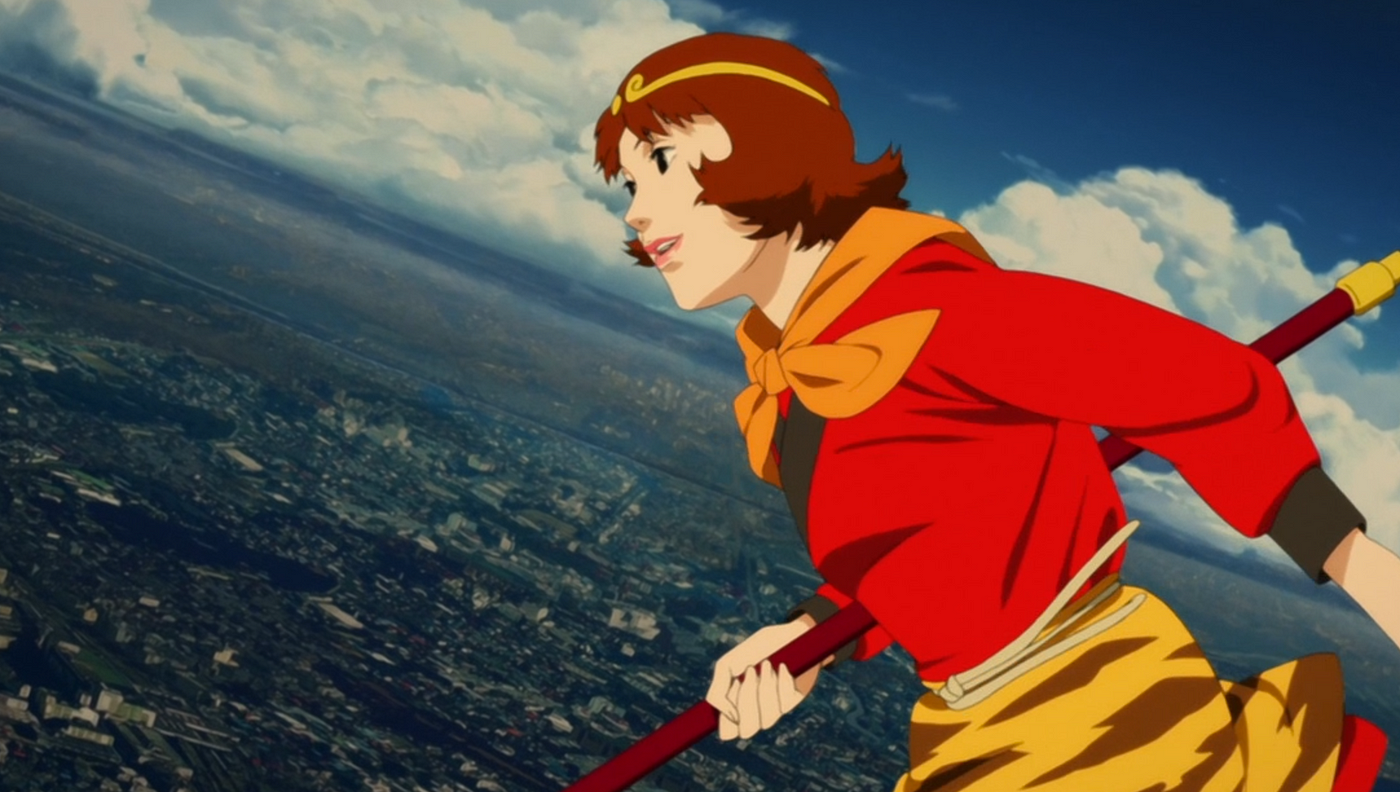dreamabodefinder.com – released in 2021 and directed by Denis Villeneuve – reimagines Frank Herbert’s 1965 sci-fi novel with a highly cinematic touch, blending visually stunning landscapes and intense world-building to immerse audiences in the desert planet of Arrakis. Starring Timothée Chalamet as Paul Atreides, the film explores the political and social struggles surrounding Arrakis, the planet rich in “spice,” a substance with immense value and power in the universe. Here’s a closer look at the critical reception of Dune Part 1, covering its strengths, perceived weaknesses, and impact on modern sci-fi cinema.
Visual and Cinematic Brilliance
One of the most universally praised aspects of Dune Part 1 is its visual splendor. Cinematographer Greig Fraser captures Arrakis’ vast desert landscapes with grandeur, creating a powerful sense of place that adds to the film’s epic tone. Reviewers have highlighted the immersive sound design and Hans Zimmer’s powerful, often haunting score, which together help draw viewers into the intensity of Arrakis. The scale and detail of the visuals, from sprawling deserts to monumental space vessels, have been lauded as breathtaking and transformative
Faithfulness to the Source Material
Denis Villeneuve’s adaptation has been praised for staying true to the intricate political and social themes of Herbert’s novel. Unlike the 1984 adaptation by David Lynch, which was often critiqued for its fast pace and condensed narrative, Villeneuve takes a slower, more measured approach, allowing more depth in character development and world-building. Many fans and critics found this adaptation refreshingly faithful, appreciating how it respects the complexities of Herbert’s original story while adding a fresh, modern touch
Stellar Performances and Complex Characters
The film’s cast, led by Timothée Chalamet, delivers strong performances. Chalamet’s portrayal of Paul Atreides, a young man thrust into a destiny larger than himself, received high praise for balancing vulnerability and strength. Rebecca Ferguson as Lady Jessica and Oscar Isaac as Duke Leto Atreides also contribute emotionally resonant performances that give the story added gravitas. These performances are pivotal in bringing the dense, layered characters of Dune to life, creating an emotional anchor amid the film’s vast scope and epic narrative
Pacing and Scope: Room for Improvement?
Despite critical acclaim, some viewers found Dune Part 1’s pacing a bit slow, especially for those unfamiliar with the source material. The film covers only the first half of Herbert’s novel, leaving much unresolved by the end, which can be unsatisfying for viewers expecting a complete story arc. While the slow pacing allows for greater world-building and character depth, it also may challenge the patience of audiences expecting more action. Nonetheless, the gradual pacing serves as a setup for Dune Part 2, which promises to complete the story
Impact on Sci-Fi Cinema and Cultural Resonance
Dune Part 1 has been credited with reinvigorating interest in sci-fi epics, proving that audiences are ready for ambitious, cerebral adaptations of complex works. Many critics see Villeneuve’s Dune as a game-changer, establishing a new standard for cinematic adaptations of classic sci-fi literature. Its influence is already noticeable, as studios see its success as a sign that thoughtful, large-scale sci-fi films can captivate modern audiences.
In summary, Dune Part 1 has received widespread acclaim for its visual mastery, strong performances, and faithful adaptation of Frank Herbert’s novel. While the pacing may not suit everyone, the film’s epic scope and impactful storytelling have made it a standout in recent sci-fi cinema, setting high expectations for Dune Part 2.





